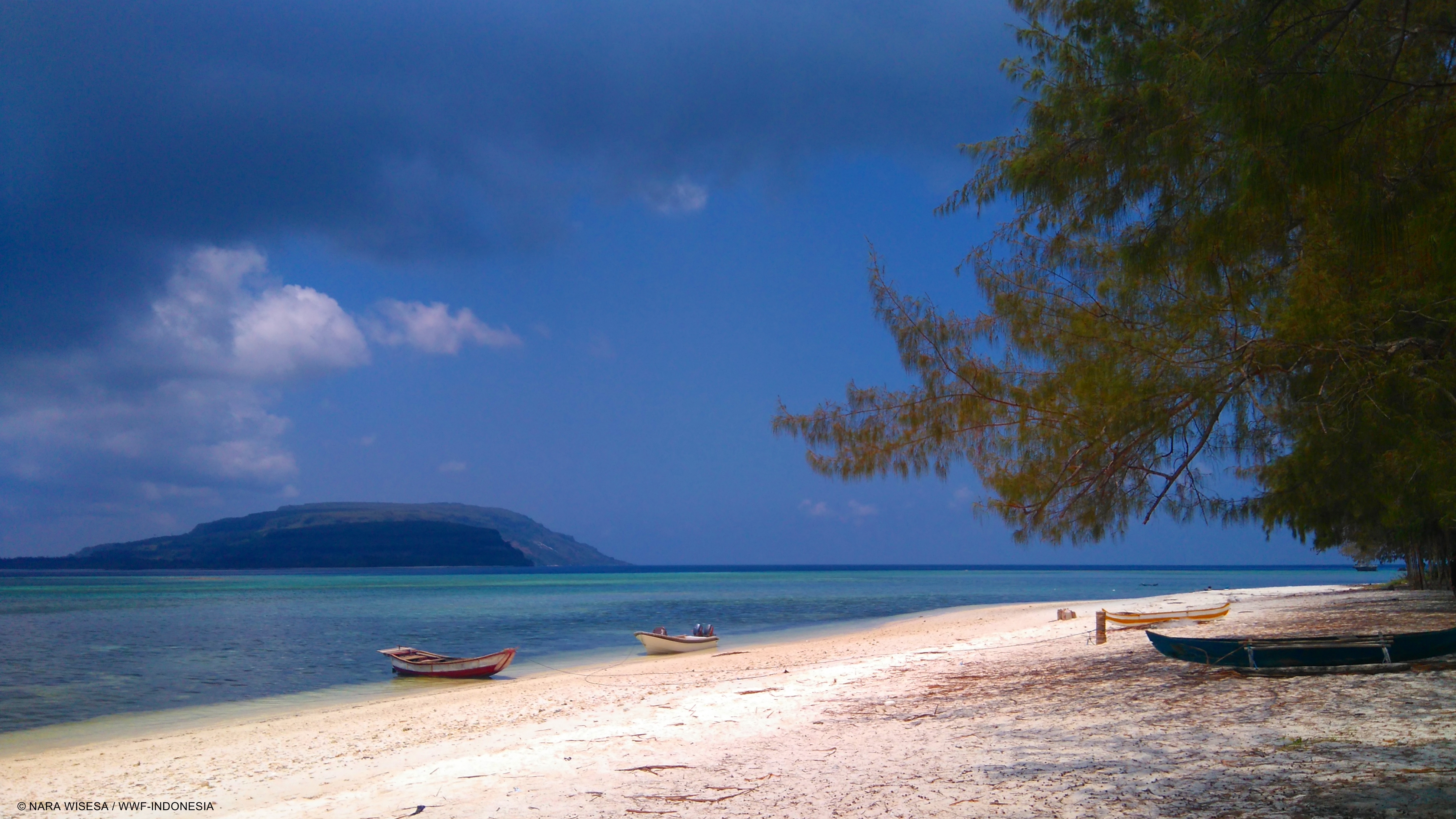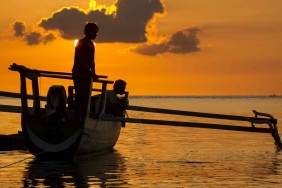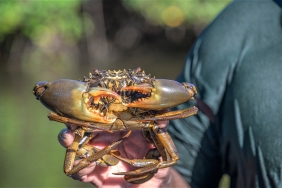#XPDCMBD: FISHERIES FLASHBACK
Author: Adrian Damora (Fisheries Science Officer, WWF-Indonesia)
Characterized as an archipelago district, fisheries is one of the main economic sectors for the people of MBD. The fisheries sector in this district is classified as small-scale fisheries. This is reflected in the fishing technology used, both the fishing fleet and the fishing gear. The fishing fleet used by fishermen in this district is dominated by small fleets with a low fishing range. The fishing fleet consists of motorless boats (locally called sampang), simple outboard motor boats (locally called katingting) and fast outboard motor boats (speed boat). On some islands such as Liran Island, Masela Island and Daweloor Island, it is even heavily dominated by sampang.
The types of fishing gear used by fishermen in MBD tend to be the same on each island. The fishing gear consists of gill nets (gill net), fishing rods (handline), bubu (traps), arrows, and spears (spear). On several islands, including Kisar Island, Letti Island and Moa Island, purse seines (locally called bobo nets), and FADs have begun to be used as fishing aids. Utilization of fish resources in Southwest Maluku Regency is divided into two, namely utilization inside the meti (intertidal zone) and outside the meti (inshore and offshore). Utilization inside meti usually utilizes benthic biota, such as several types of sea cucumber, including milk sea cucumber (Bohadschia marmorata) and sand sea cucumber (Holothuria scabra); lola (Trochus niloticus); batulaga (Turbo marmoratus); moon-eyed bia (Turbo spp.); bia marsegu (Cymbiola vespertilio); clams (Tridacna spp.); and lobsters (Panulirus spp.).
For utilization outside meti, the target resources are finfish consisting of pelagic fish and reef fish. Pelagic fish caught in the district consist of small pelagic fish species, including kites (Decapterus spp.), mackerel (Rastrelliger spp.), tembang fish (Rastrelliger spp.), and mackerel.), tembang fish (Sardinela spp.), flying fish (Cypsilurus spp.), julung-julung (Hemiramphus spp.), kuwe (Caranx spp.), and anchovy (Stolephorus spp.). As for large pelagic fish species, they include yellowfin tuna (Thunnus albacares), skipjack (Katsuwonus pelamis), mackerel (Scomberomorussp.), and tuna (Euthynnus affinis andAuxis thazard). For reef fish, commonly caught species include grouper (Serranidae family), snapper (Lutjanidae family), yellowtail (Caesionidae family), sikuda (Lethrinus spp.), baronang (Siganus spp.), and napoleon (Cheilinus undulatus). In addition to capture fisheries, MBD also has aquaculture activities with one commodity, seaweed. The only type of seaweed that is cultivated is kotoni (Eucheuma cottonii). Seaweed cultivation in MBD is only centered on Luang Island, although in other islands it has been carried out but experienced crop failure.
The marketing chain for captured fish in MBD is fairly narrow. Most people utilize the catch only for personal consumption. Those who market their fish are limited to villagers, neighboring villages or neighboring islands. It is also sold at a fairly low price. The catches sold are usually fresh fish, salted fish and smoked fish. Recently, large companies have begun to collect fish caught by fishermen, especially grouper and napoleon species.
In general, capture fisheries and aquaculture commodities in MBD are economically important and have high selling value. Development of the fisheries sector with the principle of sustainability needs to be carried out in this district, by paying attention to the marketing chain that makes it easier for fishermen to market their catch and cultivation products.





